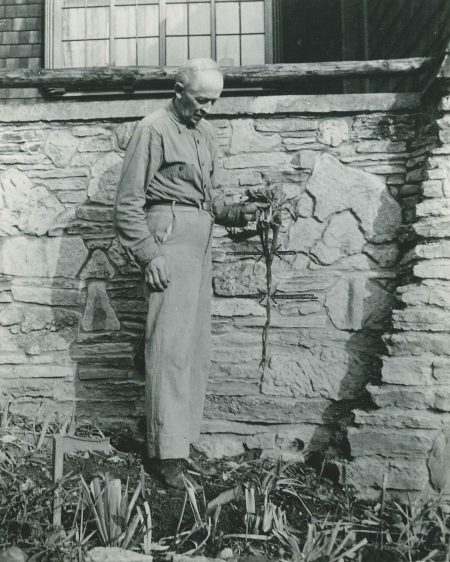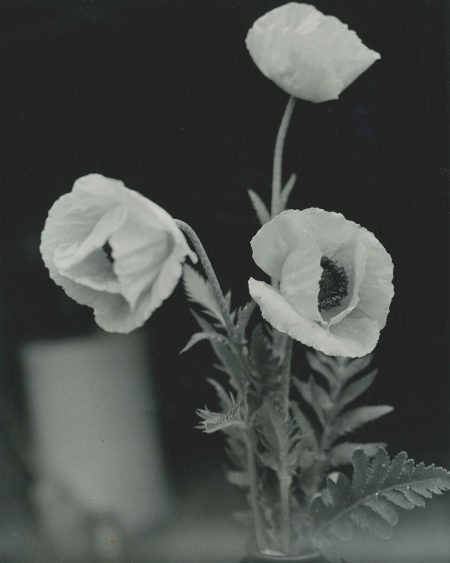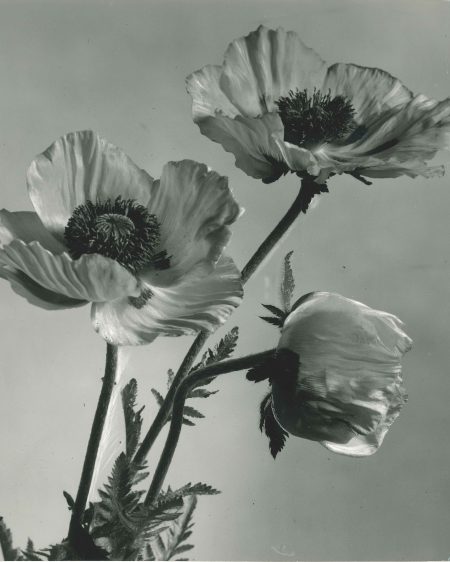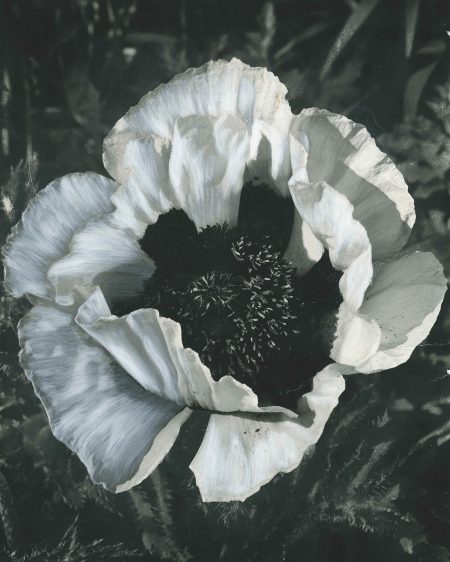The Lloyd Library, to my knowledge, is the first entity ever to use as exhibition title the key word broken into syllables, with accompanying accent. Phar’-ma-cog-no-sy Illustrated: A History of Natural Pharmaceuticals, on view there now, does just that, and those of us not pharmacologists are grateful.
The term, the exhibition tells us, “is planted, germinated, and rooted in the most ancient medicinal and scientific traditions across the globe. . . .the study of natural products useful for their medicinal or other functional applications.” Yes. Lloyd Library shows are like something pulled from a particularly interesting attic – not your attic, or mine, but one belonging to a family with a deep interest in keeping us well.
A series of glass cases bisecting the exhibition space is given over to objects in Phar’-ma-cog-no-sy Illustrated and it was suggested that I begin with the case at the far side. A trim, small leather bag is there, handsome if aged, made of alligator skin ca. 1900 and used as a pharmacist’s carry-all. This gives an immediacy to an exhibition that consists primarily of books – the Lloyd is a library, of course – and the visitor can visualize utilization of the subject at hand.
This exhibition is primarily made up of large, often handsome, books with full page illustrations in color (green, not surprisingly, is the dominant color), the drawings delicately detailed. It reminds us not only of the eternal human urge to fix whatever ails us, but also our delight in things that please the eye. Of particular interest are pages inlaid with dried plants, provided by the University of Cincinnati’s Department of Biological Services.
Other objects come from earlier dates. The Digitalium Monographia, for instance, was published in London in 1821 and discusses medications used for heart problems. Our treatments may change, but our concerns seem to remain the same. I learned from a display given over to the Eclectic Medical Institute, for instance, that “Neanderthals used plants to treat illnesses,” a piece of information that certainly had not come my way before. The Eclectic Medical College of Cincinnati was a purveyor of “alternative medicine” from 1845 to 1942, when its charter was relinquished. The descriptive label carries the information that “by 1875 it was the leading alternative medical college in the United States.”
We have always looked for ways to make ourselves feel better, look healthier. A display of a wooden chest with six shallow drawers, each with more than a dozen sections, contains “medications in natural form.” Also on view is a bottle of “oil of the bitter lemon” and one of “oil of sandalwood,” the latter a substance still showing up in our cosmetics.
Poppies have long been known for attributes beyond aesthetic functioning; in the gallery off the general exhibition space, frequently given over to photographs, Arthur E. Curtis’s pictures of poppies ring the room. We see Curtis himself, in his garden, a poppy plant in hand. The rest of the prints are usually but not always of a single flower, the petals ruffled and individual, intricate centers, shadows well placed. Curtis established a poppy museum at 5930 Argus Road in Cincinnati in 1916 and hybridized over 350 seedling poppies over a 25 year period. He was hardly the first to take a serious interest in this flower. Ancient Egyptian doctors used poppy seed to treat their patients, the morphine and codeine found therein working wonders. The Lloyd points out that modern misuse of these ancient drugs has brought on a “serious national crisis.” Not, one should think, for the first time in history.
The Lloyd brothers, founders of the Lloyd Library and Museum, played important roles in the developing pharmacognosy movement from the late 1800s through the early 20th century. The Library is privately funded, not-for-profit, and open to the public free of charge. Its web site is www.lloydlibrary.org.
Phar’-ma-cog-no-sy Illustrated will be on view through September 21, the same day a special program unrelated to the exhibition, takes place from 6 to 8 p.m. Dr. Eric Tepe of the University of Cincinnati will speak on “Mosquitoes, Jesuits, and Botanical Expeditions: The Conchona Tree and the Fight Against Malaria” to illustrate the path from traditional cures to cutting edge drugs against one of the world’s deadliest diseases.
The Library, located at 917 Plum Street, is open Monday through Friday from 9 a.m. to 4 p.m. and occasional Saturdays including September 15. Note: closed on Labor Day. Parking is available in the lot between the Library and the Cincinnati Fire Museum. which is located in the same block.



